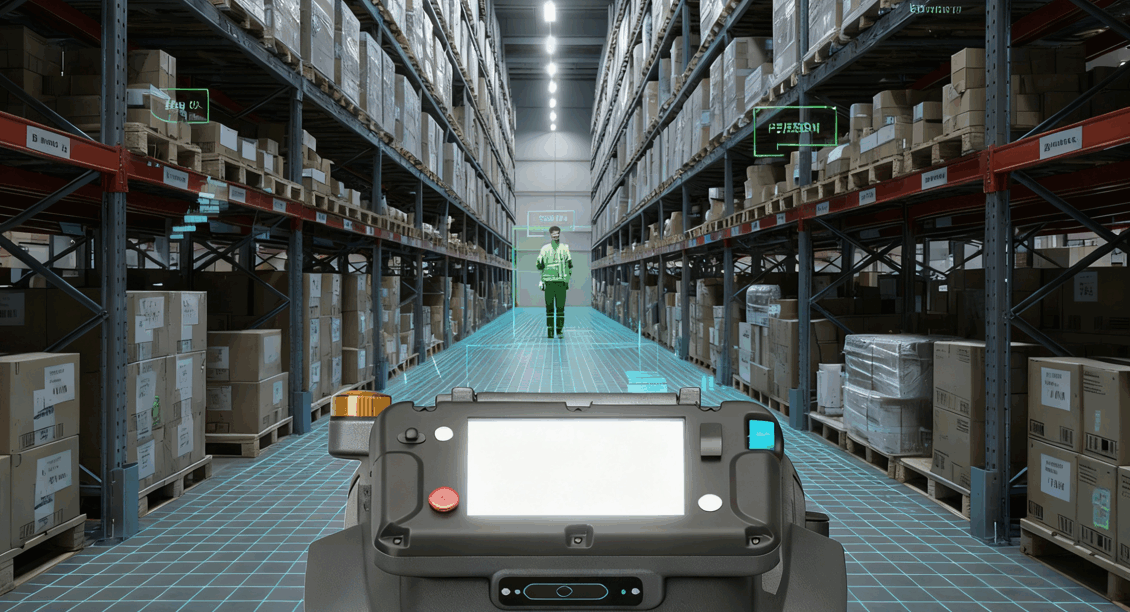For decades, the core principles of commercial cleaning have remained largely unchanged, relying on manual labor and mechanical equipment. While effective to a degree, this traditional approach has inherent limitations in efficiency, consistency, and accountability. Today, a technological leap is fundamentally reshaping the industry. AI robot cleaning systems are proving that they don't just work faster; they work smarter, leveraging artificial intelligence to deliver a level of performance that traditional methods simply cannot match.
The difference isn't just about automation; it's about intelligence. While a traditional floor scrubber requires a human operator to guide it, an AI-powered robot navigates, adapts, and reports on its own, turning facility maintenance into a precise, data-driven science.
The Shortcomings of Traditional Cleaning
Traditional methods are entirely dependent on the human element. This introduces variability that can compromise quality:
● Inconsistent Coverage: A manual operator may unintentionally miss spots, especially in large or complex layouts. Over time, these neglected areas accumulate dirt and grime.
● Lack of Data: How can you be certain a cleaning task was completed to standard? With manual methods, there is no verifiable proof, only checklists and visual inspections.
● Inefficient Pathing: Operators may not always take the most efficient route, leading to wasted time, energy, and resources.
The AI Advantage: Perception and Navigation

The single greatest advantage of AI robot cleaning systems is their ability to perceive, understand, and navigate their environment with superhuman precision. This is where AI navigation for cleaning robots comes into play.
Unlike basic sensor-guided bots that simply react to obstacles, AI-driven robots use a sophisticated process called SLAM (Simultaneous Localization and Mapping). During an initial deployment, the robot's advanced sensor suite—which includes high-speed LiDAR, 3D depth cameras, and vision systems—creates a highly accurate digital map of the facility.
From that point on, the robot's AI brain constantly cross-references what its sensors see in real-time with its master map. This allows it to:
● Always Know Its Position: It can pinpoint its location with millimeter-level accuracy.
● Plan Optimal Routes: The AI calculates the most efficient path to clean a designated area, ensuring complete coverage without redundant passes.
● Dynamic Obstacle Avoidance: This is a key differentiator. If a new, temporary obstacle appears (like a misplaced pallet or a group of people), the AI doesn't just stop. It intelligently and safely maneuvers around the obstruction before seamlessly resuming its planned route. This level of adaptive performance is a core component of Sparkoz's advanced cleaning technology.
From Cleaning to Intelligent Facility Management
The benefits of AI extend far beyond just moving around. The benefits of intelligent cleaning systems transform the entire maintenance workflow.
Absolute Consistency
An AI robot doesn't have good days and bad days. It executes its cleaning mission with the exact same precision every single time. It never gets tired, distracted, or decides to cut corners. This guarantees a consistent, high-level standard of cleanliness day after day.
Data-Driven Facility Management
This is where AI robot cleaning truly leaves traditional methods behind. Every cleaning mission generates a wealth of actionable data. Facility managers can access detailed reports that provide:
● Verifiable Proof of Service: A digital record showing exactly when and where the robot cleaned.
● Coverage Maps: Visual confirmation of the areas covered, often displayed as a heat map.
● Efficiency Metrics: Data on the total area cleaned, time taken, and resources used.
This shift to data-driven facility management replaces assumption with certainty. It provides the proof of hygiene needed for compliance and allows managers to optimize schedules and resource allocation based on real-world data.
Resource Optimization
AI systems also enable smarter use of resources. Based on the selected cleaning mode, the robot can precisely control the output of water and cleaning solution, minimizing waste. For example, a heavily soiled area in a manufacturing plant can be treated with a MAX-power setting, while a lightly-trafficked office corridor can be maintained with a resource-saving ECO mode, all within the same automated plan.
The Future is Smart, Not Just Automated
In practice, an AI-powered system delivers unparalleled reliability. It can be scheduled to work overnight in a large retail space, navigating around late-night stocking crews and ensuring the floors are pristine for opening. In the morning, the store manager receives a complete report confirming the job was done perfectly.
Ultimately, AI robot cleaning systems outperform traditional methods because they replace ambiguity with precision and guesswork with data. They provide a smarter, more reliable, and more accountable way to maintain any large-scale facility, ensuring a higher standard of clean that is both consistent and verifiable.